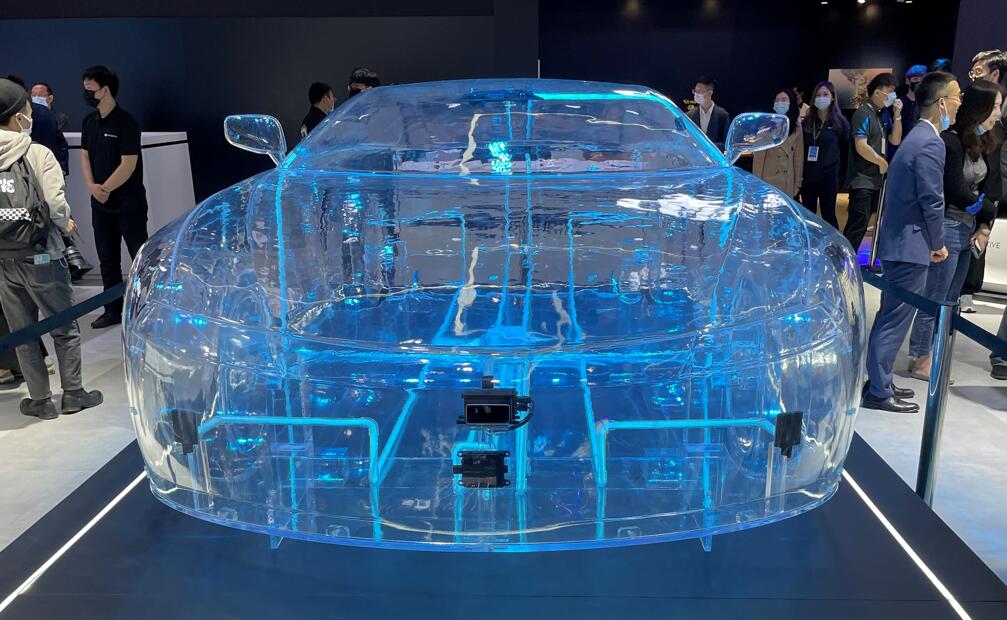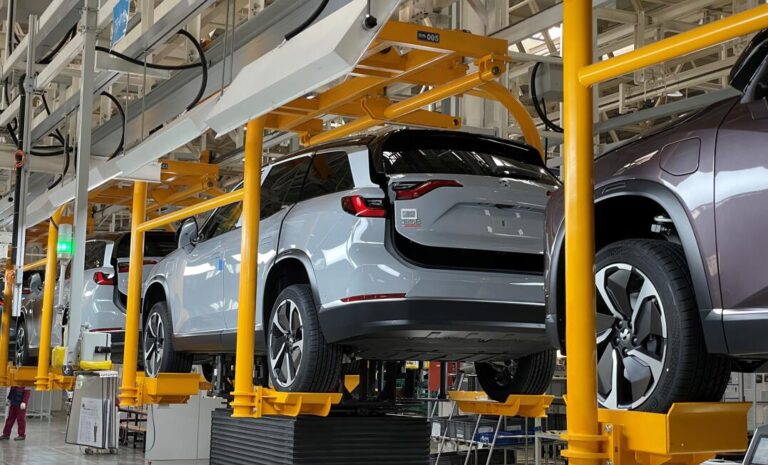Energy-efficient technologies, including brake energy recovery systems, will be included in the 2021-2023 dual-credit assessment.
(Image credit: CnEVPost)
The popularity of Tesla models has made many people in China aware of the brake energy recovery systems, which not only help reduce the energy lost during braking in vehicles, but also make single-pedal mode possible.
Given that the technology helps make cars more energy-efficient, the Chinese industry regulator has also begun to encourage car companies to use it.
In an announcement released today by China's Ministry of Industry and Information Technology (MIIT) on its official WeChat account, "out-of-cycle technologies" including braking energy recovery systems will be included in the dual-credit assessment for 2021-2023.
China released the dual-credit policy in 2017, which is known as the "Parallel Management Measures for Average Fuel Consumption and NEV Credits for Passenger Vehicle Enterprises". The policy has been in effect since April 1, 2018.
Vehicle companies that fail to meet the fuel consumption control requirements can offset the negative credits from excessive fuel consumption by generating their own NEV credits, or by purchasing new energy credits from other companies.
If a carmaker is unable to get their negative credits to zero, then they need to submit a product adjustment plan to the MIIT and set a deadline for compliance. Until their negative credits are zeroed out, products that do not meet fuel consumption standards cannot be sold to the public.
The MIIT announced today that in the 2021-2023 annual average fuel consumption credit accounting, the fuel consumption of models with standard configuration of brake energy recovery system, high-efficiency air conditioning and with out-of-cycle energy-saving effect can be reduced by a certain amount accordingly.
This reduction amount includes two kinds:
1. Fixed amount. For models equipped with brake energy recovery system and REESS nominal voltage level over 12 volts as standard, the fuel consumption accounting reduction amount is 0.08 liters/100 kilometers.
2. Test quota. For all models equipped with brake energy recovery system as standard, vehicle makers can conduct real-vehicle tests according to GB/T 40711.4-2021 "Evaluation Method of Energy Efficiency of Off-Cycle Technologies/Devices for Passenger Cars" and calculate the amount of reduction based on the test value.
Car companies can choose to declare a fixed amount or a test amount by themselves.
For models with high-efficiency air conditioners as standard, vehicle enterprises can calculate the reduction amount based on the test value according to the actual vehicle test.
For other out-of-cycle technologies, the amount of reduction they are included in the dual-credit will be developed separately, according to the announcement.


